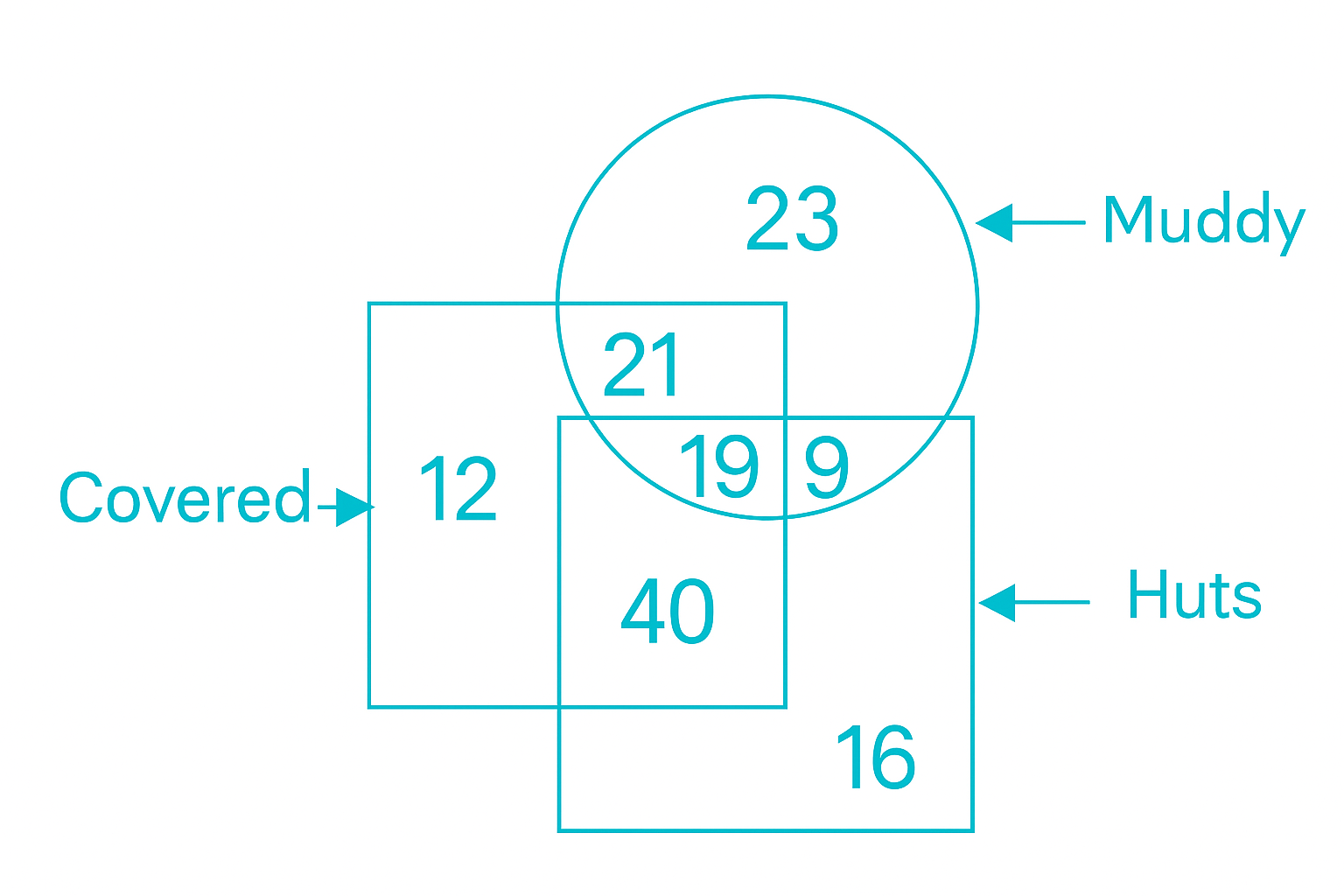Step 1: Identify the logical structure
The statement "If K is there, L has to be there" is a standard conditional (if-then) logic expression.
In formal logic, it can be written as: K → L (If K, then L)
Step 2: What does this imply?
- This means that the presence of K guarantees the presence of L.
- But it does not imply that if K is not there, L must also be absent.
- L can be there even if K is not — but if K is there, then L must be there.
Step 3: Eliminate incorrect options
- "K & L will always be together" — ❌ Too strong. K being there means L is there, but L can be there without K.
- "K is not there, then L will not be there" — ❌ Incorrect inverse of the condition.
- "K is there, then L will also be there" — ✅ Correct. This directly reflects the logic: If K → L
- "K & L will always be not together" — ❌ Opposite of the given condition.
Final Answer: K is there, then L will also be there



Discussion & Comments